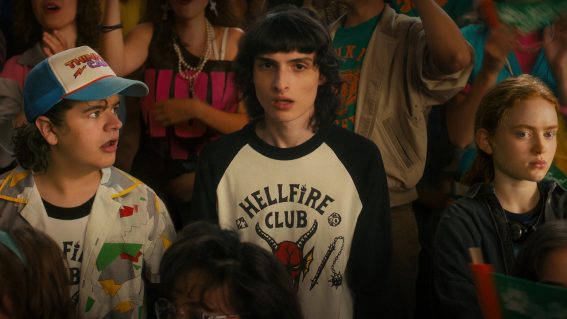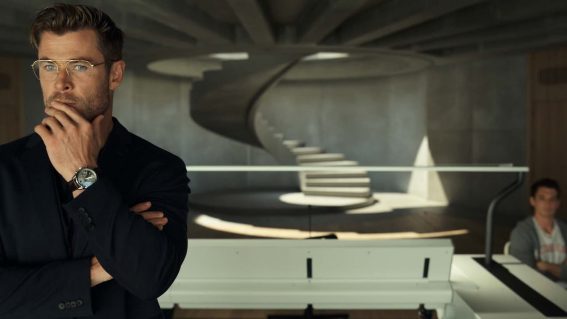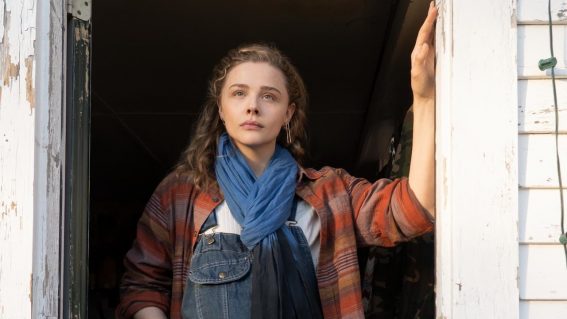Netflix’s sci-fi series Into the Night is like Lost meets The Langoliers
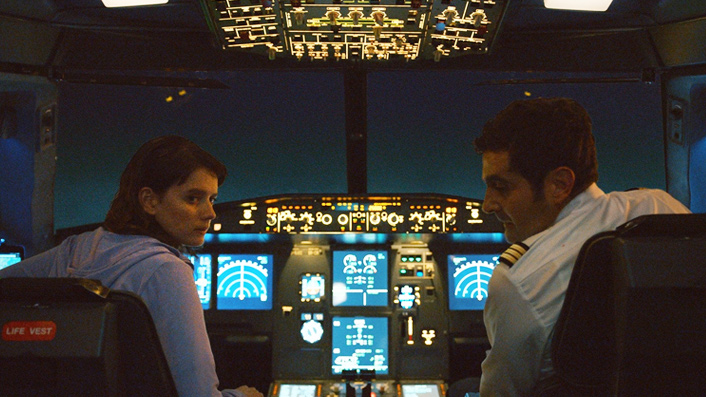
Netflix’s high concept sci-fi series Into the Night imagines what would happen if exposure to daylight killed everything. It begins in pulse-pounding style but struggles to maintain momentum, writes critic Luke Buckmaster.
What if the sun was your enemy? What if the world’s greatest villain was the very force of life itself? That kooky idea is at the core of Netflix’s UV-avoiding Belgian sci-fi series Into the Night, which you might say is about a plane full of strangers desperately trying to avoid a tan. Or even any contact with the sun at all—given the occurrence of an apocalyptic event in which daylight destroys all living organisms; even the ones that do the right thing and slip slop slap.
See also
* Best new movies & TV series on Netflix
* All new streaming movies & series on Netflix
It is the latest in a string of foreign genre acquisitions the streaming giant is beaming into the homes of western audiences, with redubbed versions performed by American and British actors as the default audio setting (see also: Money Heist, Freud, The Platform). It is also the latest in a string of productions that turn long-taken-for-granted aspects of the human experience and turn them into tools for terror and annihilation.
In A Quiet Place, for instance, people can’t make a noise lest they get munched up by fast travelling aliens. In Bird Box people can’t look at hideously beautiful supernatural things lest they go instantly crazy and commit suicide. And now, in Into the Night, people cannot experience sunshine.
Creator and writer Jason George, and co-directors Inti Calfat and Dirk Verheye, explore a “what the hell just happened to reality?” concept, extensively using an aeroplane as the central setting. So: it’s Lost meets The Langoliers. There is also a whiff of Mad Max or Waterworld, in that stressed-out characters navigate a ruined society, making various pit stops and doing things human beings excel at: such as fighting among themselves as well as making and breaking allegiances.
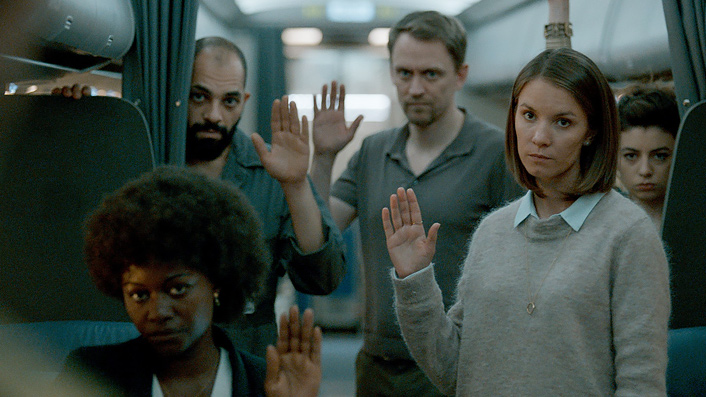
Episode one begins with a bunch of people heading onto a flight from Brussels to Moscow. Airport check-in moments provide brief, broad brushstroke character information: Sylvie (Pauline Etienne) for example is tetchy and impolite, indicating she is not looking forward to boarding the plane. Ines (Alba Gaia Bellugi) is a social media influencer, the man behind the counter mentioning that he follows her on Instagram after inspecting her passport.
We are not sure what to make of the mysterious Terenzio (Stefano Cassetti), who is nursing a glass of neat whiskey and watching television in an airport bar when a news bulletin broadcasts footage even more concerning than Trump voters during a pandemic. A news presenter is shown slumped on the desk, face down, before the program cuts to footage of what appears to be a collection of golf players collapsed dead on the green. Terenzio reacts strangely: by storming off, grabbing a gun from an airport security guard and barging onto the plane scheduled to depart for Moscow.
The pilot Mathieu (Laurent Capelluto) doesn’t have permission to take off—but, with a gun in his face, he obliges. Good call. Not long into their flight the mysteriously knowledgeable hijacker explains that “the sun will kill everything it touches. And I mean everything.”
This kicks off a series of cockpit exchanges involving sweaty people staring at flashing dials and screens while ominous electronic noises beep on the soundtrack. Following the George Romero, Night of the Living Dead narrative mould, a terrible external situation provides scaffolding for a more immediate story revolving around a group grappling with the difficult question of what to do from different angles, with various personal preferences and competing instincts.
Like Money Heist, Into the Night launches a high concept premise with pulse-pounding energy and a strong emphasis on the question of what happens next. That often results in a crude last minute lurch towards a cliff hanger ending, the final moments of each episode triggering an intense screeching noise on the soundtrack that grows louder and louder before the closing credits are plonked onto the screen, as if to say “see ya next time, suckers!” Both shows also deploy flashback scenes to flesh out the characters, which are sometimes interesting but often feel like attempts to pad out the running time.
Unlike Money Heist, Into the Night runs out of fuel. The question of fuel is of course a concern in the narrative, which slides into a repetitive structure befitting of a video game: i.e. characters fly around to keep ahead of the sun, land to get supplies, resolve some pressing situations, take off again, fly around again. The cast do a pretty good job keeping their voices raised and brows furrowed, but there are no stand-out performances.
By the end of the third episode (this review encapsulates all six) momentum has well and truly waned. Given the show’s, shall we say, extreme core premise, I was hoping things would get enjoyably and perhaps knowingly silly, envisioning for instance long shots depicting the plane hooning across the sky with light from the sun chasing it. Maybe the light catches up and hits the back of the plane, taking out the economy seats, while those in front hang on and comment about the perks of flying business class.
Alas, no. The mood is awfully serious, which wouldn’t have been a problem had the show maintained a sense of urgency and intrigue, or presented something different or interesting. There is nothing new under the sun, as they say; but there is also nothing new away from the sun either.


